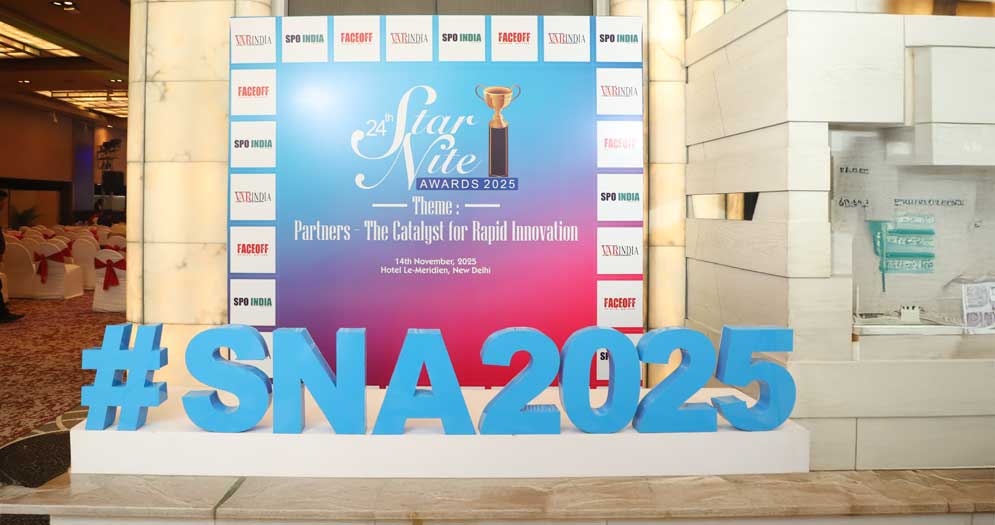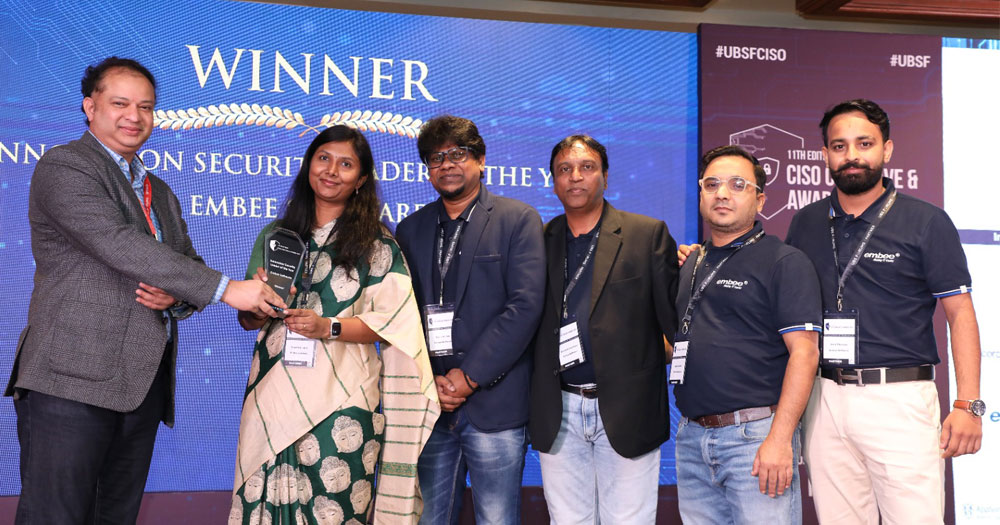The way we work has changed forever. Remote and hybrid work are no longer temporary fixes they’re the new normal. According to the Gartner, Majority of organizations will have adopted a hybrid work model, where employees split time between home, office, and travel. This shift brings new challenges for IT leaders: ensuring employees have secure, consistent, and high-performance access to their digital workspaces, without overwhelming IT teams or budgets.
Traditional desktop setups, dependent on physical PCs or on-premises infrastructure, simply can’t keep up. They’re expensive to maintain, lack flexibility, and expose organizations to security vulnerabilities. Enter VDI as a Service a cloud-delivered model that transforms desktops into secure, virtualized environments accessible anytime, anywhere.
What is VDI as a Service?
Virtual Desktop Infrastructure (VDI) as a Service is a cloud-based offering where desktops are hosted in a provider’s data center and delivered to end-users over the internet. Unlike traditional VDI, which requires on-premises servers and high upfront costs, the “as-a-Service” model shifts the responsibility of hosting, management, updates, and security to the provider.
In practice, this means employees no longer rely on the physical performance of their device. Whether they log in from a low-cost thin client, personal laptop, or tablet, they’re connected to a powerful virtual machine in the cloud.
Why Businesses are Moving to VDI as a Service
- Rising security threats – Cybercrime is expected to cost businesses $10.5 trillion annually by 2025. Cloud-hosted desktops minimize risk by centralizing data.
- Hybrid workforce demands – Employees need the same access experience whether at home, in office, or traveling.
- Cost optimization -With hardware refresh cycles every 3–4 years, organizations are shifting CapEx to OpEx through subscription-based VDI models.
How VDI as a Service Works?
Delivering desktops via the cloud requires multiple components working seamlessly together. Let’s break it down.
1. Core Architecture
- Endpoint Devices – Any device capable of running a remote desktop client.
- Connection Broker – Authenticates users and assigns them to virtual desktops.
- Virtual Machines – Hosted in the provider’s cloud (like Microsoft Azure).
- Application & OS Images – Standardized versions of Windows, Linux, and applications.
- Management Layer – Used by IT teams to control provisioning, patching, and security policies.
Types of Desktops
- Persistent Desktops – Each user gets a dedicated desktop that saves their changes, files, and preferences. Best for employees with specialized workloads.
- Non-Persistent Desktops – Users share a pool of desktops that reset after logout. Ideal for call centers, retail staff, or task workers.
Integration with Azure Virtual Desktop
Azure Virtual Desktop provides a flexible deployment model where organizations can:
- Deliver multi-session Windows 10/11 desktops.
- Integrate Microsoft 365 apps natively.
- Apply conditional access policies through Azure Active Directory.
Cloud PC Option
Microsoft’s Cloud PC (Windows 365) simplifies things further by offering fixed-price, dedicated desktops for each user. It’s less customizable than Azure Virtual Desktop but highly predictable for SMBs.
Key Benefits of VDI as a Service
Cost Efficiency and ROI
- No heavy upfront investments in servers.
- Pay-as-you-go or subscription pricing.
- Reduced IT labor costs through automation.
- Lower endpoint costs (thin clients, BYOD).
Case Study: A mid-sized law firm in India reduced desktop management costs by 35% after moving to VDI as a Service, since IT no longer had to manually update each PC.
Security
- Data never resides on endpoints, reducing risk of theft.
- Cloud desktops support encryption, MFA, and zero-trust policies.
- Seamless compliance with GDPR, HIPAA, ISO, and industry regulations.
Business Continuity
- Work continues during natural disasters, cyberattacks, or office outages.
- Employees simply log in from another device and resume work.
Scalability & Agility
- Rapid onboarding of contractors and temporary workers.
- Seasonal industries (retail, education) scale up or down easily.
Simplified IT Operations
- Centralized management console.
- Faster patching and software deployment.
- AI-driven analytics predict resource needs.
Challenges and Considerations
Even with its strengths, VDI as a Service isn’t a one-size-fits-all solution. Organizations should plan for:
- Internet Dependency – Poor connectivity directly impacts user experience.
- Licensing Complexity – Especially with Azure Virtual Desktop; requires careful planning.
- User Experience – Latency-sensitive apps (e.g., video editing, CAD) may require GPU-optimized desktops.
- Training Needs – Users and IT teams may need onboarding to adapt to new workflows.
Industry-Specific Use Case
Education
Universities use desktop virtualization to give students 24/7 access to labs, eliminating dependency on physical infrastructure.
Healthcare
Hospitals provide secure access to electronic health records without storing patient data on local devices.
BFSI
Banks and financial institutions leverage Azure Virtual Desktop for secure, compliant trading and customer support platforms.
Manufacturing & Engineering
Engineers use GPU-powered Cloud PC to run heavy CAD/CAM applications from anywhere.
IT & Outsourcing
Global teams work securely across time zones, with centralized policy enforcement.
VDI vs Azure Virtual Desktop vs Cloud PC
| Feature | VDI as a Service | Azure Virtual Desktop | Cloud PC |
|---|---|---|---|
| Hosting | Provider-managed cloud | Microsoft Azure | Microsoft Cloud |
| Customization | High | High | Limited |
| Pricing Model | Subscription | Pay-as-you-go | Fixed monthly |
| Best Suited For | SMBs & Enterprises | Enterprises, regulated industries | SMBs, simple use cases |
| Security Control | Shared (provider + customer) | Customer-managed | Microsoft-managed |
Future of Desktop Virtualization
The future of desktop virtualization is closely tied to emerging technologies:
- AI-driven optimization will predict workloads and auto-scale resources.
- Edge computing will reduce latency for bandwidth-heavy applications.
- Stronger zero-trust frameworks will integrate identity, device, and network security.
- Industry cloud solutions will provide preconfigured desktops tailored for BFSI, healthcare, and education.
By 2030, analysts predict that more than 60% of all enterprise desktops will be delivered through cloud-hosted VDI or DaaS models.
How Embee Software Can Help?
As a trusted Microsoft partner, Embee Software helps businesses adopt VDI as a Service with confidence. Our offerings include:
- Assessment of current IT and readiness for desktop virtualization.
- Migration planning and licensing optimization for Azure Virtual Desktop and Cloud PC.
- Secure deployment with compliance adherence.
- 24×7 monitoring, support, and cost optimization.
Whether you’re a 50-employee startup or a 5,000-user enterprise, Embee Software ensures a smooth transition to modern, scalable, and secure virtual desktops.
FAQs (Frequently Asked Questions)
It’s a cloud-hosted service that delivers virtual desktops to employees over the internet, managed by a provider.
Not exactly. Azure Virtual Desktop is Microsoft’s VDI solution, while VDI is a broader concept available from different vendors.
Cloud PC is a simplified, fixed-price Microsoft service (Windows 365). Traditional VDI is more customizable and scalable.
Yes. Data is stored in the cloud, with advanced encryption, MFA, and zero-trust security models.
We provide end-to-end consulting, migration, deployment, and managed services to ensure seamless adoption.
Ready to Transform Your Workplace with VDI as a Service?
Don’t let outdated desktop infrastructure hold your business back. With VDI as a Service powered by Azure Virtual Desktop and Cloud PC, you can empower your workforce with secure, scalable, and cost-effective virtual desktops designed for the future of work.
Partner with us to design, deploy, and manage a customized desktop virtualization strategy that aligns with your business goals.
Get in touch with our experts today to schedule a free consultation and see how we can simplify your transition to modern, cloud-hosted desktops.

















































